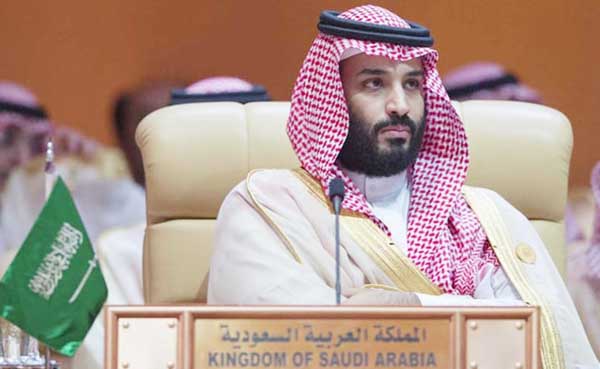
The Washington Post :
The treasures are strewn over a swath of Saudi Arabia bigger than Lake Ontario, rising from the desert: a rambling Nabataean necropolis, a field of soaring stone pillars, a lonely Ottoman railway station, and graffiti, lots of it, inscribed over millennia on honey-colored boulders and red mountain rock.
It is a unique and unruly mix of natural beauty and ruins that trace thousands of years of human settlement and the caravan routes of incense traders and pilgrims. But the site has struggled to find an audience beyond this cosseted kingdom, apart from the locals, intrepid tourists and archaeologists who have been sifting through the area’s civilizational silt for years. Now, Saudi Arabia’s leaders say they have finally decided to let the world in.
The attractions, around the city of Al-Ula, are the cornerstone of a planned effort to invite foreign tourists to the kingdom, beyond the millions of religious pilgrims who visit Saudi Arabia’s holy sites every year. Like many changes underway in the country, the plan is mostly aimed at boosting the economy by tapping sources of revenue beyond oil.
The ambitious initiative, led by Crown Prince Mohammed bin Salman, would be challenging in the best of times – relying on the government to abandon its wariness of foreign visitors and on the outside world to revise its perceptions of Saudi Arabia as a forbiddingly conservative society.
But recently, the challenge has only become more acute. The government’s crackdown on dissidents and perceived enemies has undermined its own aspirations for greater openness. The killing of journalist Jamal Khashoggi by Saudi agents in Istanbul in October led to international criticism of the crackdown and of the crown prince, who was widely blamed for ordering the killing. Saudi Arabia says Mohammed did not know about the plot, although it involved his most senior aides.
After the killing, some foreign companies and organizations distanced themselves from Mohammed’s initiatives, including projects promoting the arts, tourism and culture that have been embraced by thousands of Saudis.
“Tourism has great potential in the kingdom because it is so underdeveloped,” said Kristin Smith Diwan, a scholar at the Arab Gulf States Institute in Washington. “Saudis are especially hungry for more public spaces and cultural growth. But there are social barriers and fears to overcome in attracting an international clientele.”
“Jailing women activists doesn’t help,” she said, referring to the nearly eight-month detention without trial of Saudi Arabia’s most prominent women’s rights advocates. “Brutally killing a prominent journalist doesn’t help.”
Saudi officials are pressing ahead with the crown prince’s initiatives and hoping that high-profile cultural events might temper the criticism from abroad. The government recently introduced an electronic visa system that allowed hundreds of foreign visitors in December to attend a motor-sports event in Riyadh, the Saudi capital, that included concerts by Western and Arab musicians.
The plans to develop Al-Ula are the centerpiece of the tourism initiative. Officials leading the development effort believe that they can lure a mix of cultural tourists and eco-travelers from the West, visitors from the Persian Gulf, and Saudis eager to broaden their view of national heritage to include a pre-Islamic history suppressed for decades by the country’s leaders and religious conservatives.
“We always knew we had an important historical site. But nobody knows about us,” said Ahmed al-Imam, a tour guide from Al-Ula whose family has lived for generations in the area, a place rich with culture but struggling with high unemployment. “We are hoping for more opportunities,” he said.
A royal commission created by the crown prince is working quickly to prepare the site to receive visitors within the next few years. Resorts are being planned, residents are receiving training to work with tourists, and teams of archaeologists and researchers are conducting surveys of historical sites and environmental features over roughly 9,000 square miles. A winter festival, currently underway, is a soft opening of sorts for the site, with appearances by international musicians and artists.
Amr al-Madani is the chief executive of the commission and is Al-Ula’s tireless booster, shuttling back and forth to the remote site several times a month with an army of assistants and prospective developers. The first visitors he hopes to lure are Saudi citizens, resident expatriates and regional visitors. Within four years, the aim is for half of the site’s visitors to live within a six-hour flight from Saudi Arabia, he said.
The best-known attraction is the Nabataean necropolis Madain Saleh, a sister city to Petra, in neighboring Jordan, consisting of more than 130 tombs with columned facades carved into rock. But fewer people are aware that the area around Madain Saleh contains Bronze Age tombs, the ancient capital city of Dedan or evidence of the southernmost outpost of the Roman Empire.

